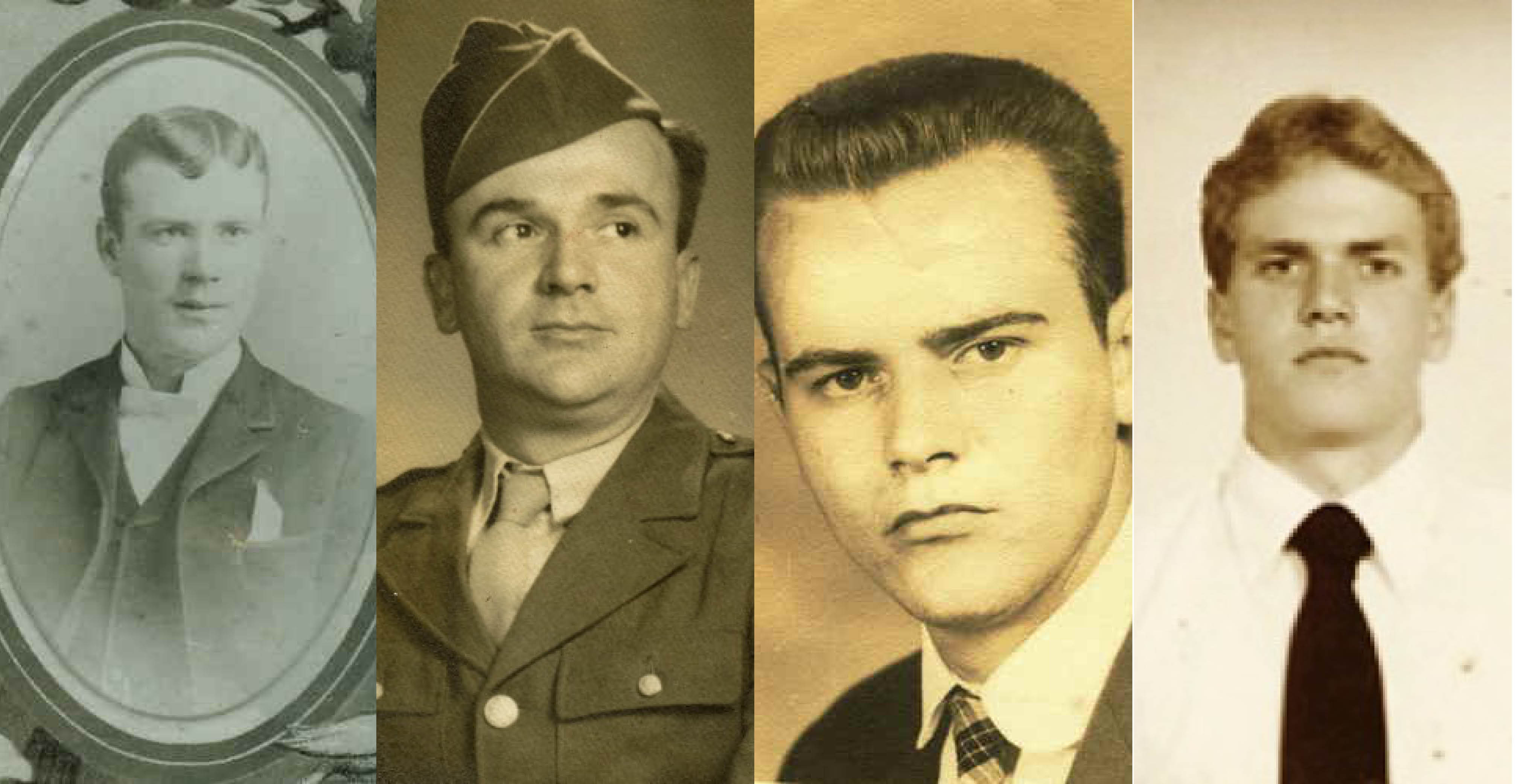
Welcome to Maker Ed’s “Growing up Making” community blog series that highlights how maker educators have been influenced by family and their community. By sharing stories of what inspires maker educators, we’re excited to showcase the impactful and multigenerational human history of making.
This post was written by Warren (Trey) Lathe III, Executive Director of Maker Ed. Share your own #GrowingUpMaking story with us online via Twitter.
Making Through the Generations
By Trey Lathe
Making has been deeply embedded in my family culture, in a variety of forms, for generations. Whether for work or as part of a hobby, my great-grandfather, grandfather, and father all loved to create, explore, and play — and they made some amazing things of which I am tremendously proud. But their curiosity, their ability to dive into the uncertain, and their passion for learning — these are the qualities of which I’m most proud and the qualities that continue to inspire me to this day.
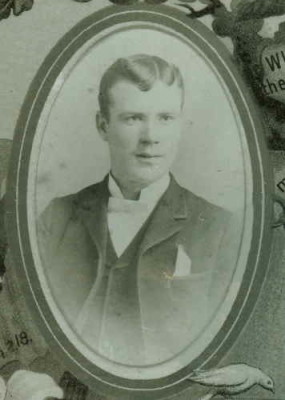
I only knew my great-grandfather for a short time, but in my family, his making was legendary. He was an incredibly curious person and someone who was willing to dive into the uncertain and take action. He had many interests, from tinkering with things around the house to volunteering as the fire chief of his town. But what I knew him best for was his work with glass. He created beautiful pieces — some of which I still own today — and had incredible talent. He became a glassblower’s apprentice for a company at the age of 14, and his passion for the artform kept him working there for over for 75 years — an accomplishment that landed him in the Guinness Book of World Records. His curiosity and creativity came in handy when his company shifted its focus to glass molds. My great-grandfather’s ability to take initiative and to figure things out in the midst of uncertainty enabled him to not only continue, but to thrive as a glassmolder.
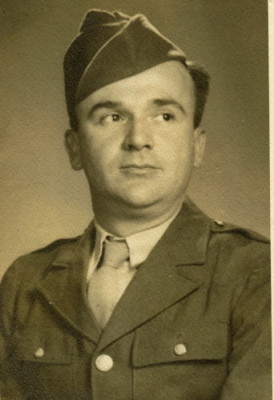
His son, my grandfather, inherited many of these same qualities. He was a super curious human being. Nothing was beyond his interest. He had an insatiable thirst for knowledge. He devoured books, I remember him being ecstatic with the advent of cable television, and I can only imagine how much he would have loved the internet age. Through sheer dogged determination, he built a radio at the age of 12. This was in 1922, when radios were still in their infancy, before they were common household items (it was almost like building a computer in the 1970s). That fascination led him to become a top secret communications specialist for the Pentagon during World War II and after. He became an avid HAM radio builder and operator, and I remember fondly the stories of conversations he had with people around the world — conversations that came out from something he made.
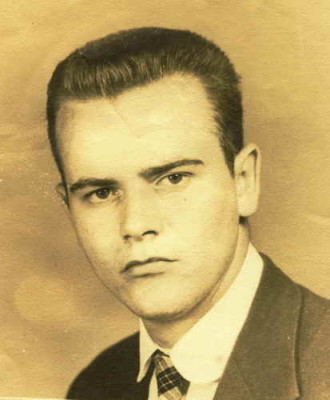
My father also shared the intense curiosity that runs in my family, and like his father and grandfather before him, he built things to understand the world around him. His passion was space. He wasn’t a scientist, but he worked as an electrical technician and circuit board designer for the space industry his entire career, including working for NASA and the Apollo 11 mission to land on the moon. One of the most memorable moments of my life was watching a man land on the moon that day in July 1969. My dad made a part of the moon lander — and that part had his name engraved on it, which happens to be my name too. He made something that went to the moon. It was momentous for humanity, for my Dad, and for me.
My dad, my grandfather, and my great-grandfather were all deeply fascinated by the world around them, were willing to explore the unknown through building and creating, and they doggedly followed their passions — whether it was space, radios, or glass.
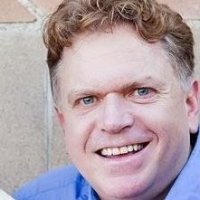 Family members often tell me that I’m just like my father, in that I am incredibly curious about everything and follow my passions almost obsessively. One day in the third grade, I walked by a spider funnel web and was immediately entranced by the way the spider was able to trap bugs with its creation. I went home and tried to make a better one out of string (it didn’t really work.) But it made me even more fascinated about how animals do the things they do and why. Why do some spiders build a funnel-webs? Why do others build a different type? My curiosity around these questions eventually led me to a career in evolutionary biology and genetics.
Family members often tell me that I’m just like my father, in that I am incredibly curious about everything and follow my passions almost obsessively. One day in the third grade, I walked by a spider funnel web and was immediately entranced by the way the spider was able to trap bugs with its creation. I went home and tried to make a better one out of string (it didn’t really work.) But it made me even more fascinated about how animals do the things they do and why. Why do some spiders build a funnel-webs? Why do others build a different type? My curiosity around these questions eventually led me to a career in evolutionary biology and genetics.
From my own experiences and from those of my family, I know that making and learning are deeply connected. I am so fortunate to have had three generations of shining examples that highlighted this connection for me.

Leave a Reply